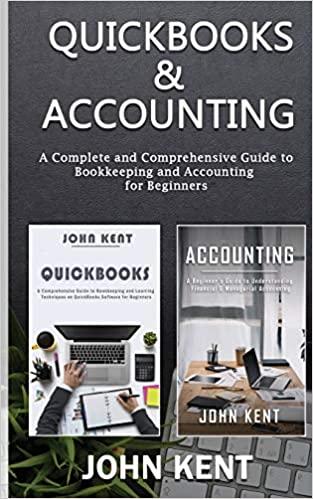

5. (20 marks) In a bank branch, the deposit and withdrawal functions are served by two different clerks, A deals with deposit slips only and B deals with withdrawal slips only. There are separate queues for each type of functions. The inter-arrival time (I.A.T.) distribution of both types and the distribution of service times (S.T.) are provided in the following table: I.A.T. (mins.) Deposit(%) Withdrawal(%) 0-2 12 15 2-4 35 25 4-6 38 35 6-8 25 15 10 S.T. (mins) Clerks A and B (%) 2 3 30 4 40 5 20 (a) Use the random numbers below to simulate the operations of the 10 incoming slips (5 deposit and 5 withdrawal demands). Random numbers: Deposit 1 2 3 4 5 Inter-arrival Time 77 40 10 57 75 Service Time 22 96 67 97 85 3 4 5 Withdrawal 1 2 Inter-arrival Time 56 8 Service Time 39 58 12 62 11 2 24 80 (b) From the simulation in part (a), estimate the average waiting time of the deposit and the withdrawal demands, respectively. Why are your estimates not reliable and how would you improve upon them? (C) Suppose both Clerks A and B have been given training to handle both types of functions and the company decides to merge the two queues of the two types of functions into a single queue (that is, one queue with two clerks). Simulate the operations with the new setting for the service of 10 incoming de- mands using the same random numbers as in part (a). Hence, estimate the aver- age waiting time of all incoming demands. 5. (20 marks) In a bank branch, the deposit and withdrawal functions are served by two different clerks, A deals with deposit slips only and B deals with withdrawal slips only. There are separate queues for each type of functions. The inter-arrival time (I.A.T.) distribution of both types and the distribution of service times (S.T.) are provided in the following table: I.A.T. (mins.) Deposit(%) Withdrawal(%) 0-2 12 15 2-4 35 25 4-6 38 35 6-8 25 15 10 S.T. (mins) Clerks A and B (%) 2 3 30 4 40 5 20 (a) Use the random numbers below to simulate the operations of the 10 incoming slips (5 deposit and 5 withdrawal demands). Random numbers: Deposit 1 2 3 4 5 Inter-arrival Time 77 40 10 57 75 Service Time 22 96 67 97 85 3 4 5 Withdrawal 1 2 Inter-arrival Time 56 8 Service Time 39 58 12 62 11 2 24 80 (b) From the simulation in part (a), estimate the average waiting time of the deposit and the withdrawal demands, respectively. Why are your estimates not reliable and how would you improve upon them? (C) Suppose both Clerks A and B have been given training to handle both types of functions and the company decides to merge the two queues of the two types of functions into a single queue (that is, one queue with two clerks). Simulate the operations with the new setting for the service of 10 incoming de- mands using the same random numbers as in part (a). Hence, estimate the aver- age waiting time of all incoming demands








